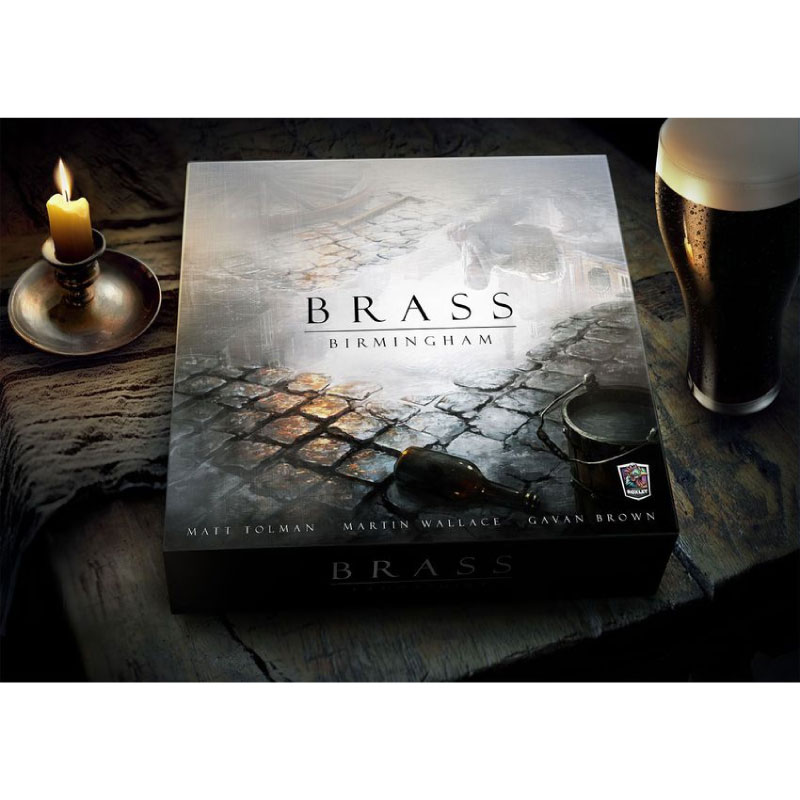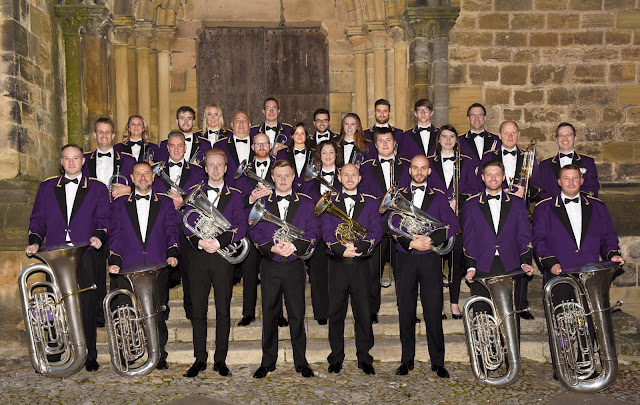

Simple brasses are alloys of copper only with zinc. In Russia, brass was called yellow copper rather than red copper. As the zinc content increases, the color of brass changes from reddish to light yellow.

It is produced in the form of sheets, ribbons, rods, tubes, and wire (deformable brass), as well as ingots (cast brass). Only in the 19th century was this method generally replaced by direct fusion of copper with zinc.īecause of its good hot and cold pressure workability, excellent mechanical properties, attractive color, and relatively low cost, brass is the most common copper alloy. Brass was smelted even before the Common Era until the late 18th century it was produced by fusion of copper with zinc ore mixed with charcoal. One of these is delta metal (55% copper, 41% zinc, 1%–3% iron, and fractional percentages of tin and manganese), which can be forged, rolled, or cast and is used for bearings, valves, and ship propellers.Ī copper-based alloy in which the main additive is zinc (up to 50 percent). When iron is added to brass it produces hard, tough alloys. Dutch metal (80%–85% copper, 15%–20% zinc) is used as a substitute for gold leaf. Brass containing tin (not exceeding 2%) is less liable to corrosion in seawater it is sometimes called naval brass and is used in naval construction. Aluminum brass (not exceeding 3% aluminum) has greater resistance to corrosion than ordinary brass. Cartridge brass (70% copper, 30% zinc) is used for cartridge cases, plumbing and lighting fixtures, rivets, screws, and springs.
/pic5375625.png)
Its ductility reaches a maximum with about 30% zinc and its tensile strength with 45%-although this property varies greatly with the mechanical and heat treatment of the alloy. In general brass can be forged or hammered into various shapes, rolled into thin sheets, drawn into wires, and machined and cast. The properties of brass vary with the proportion of copper and zinc and with the addition of small amounts of other elements, such as aluminum, lead, tin, or nickel. Brass, alloy having copper (55%–90%) and zinc (10%–45%) as its essential components.


 0 kommentar(er)
0 kommentar(er)
